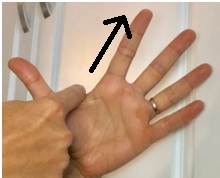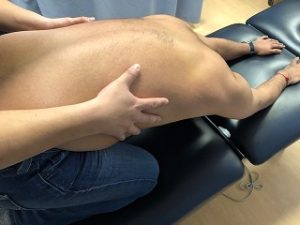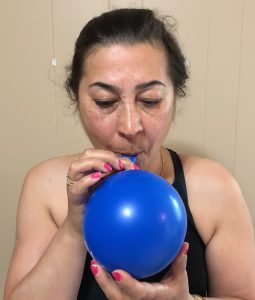“Breathing is the greatest pleasure in life” – Giovanni Papini
There is no question that acute pain influences the way we breathe. You don’t believe me, just bang your thumb with a hammer and see what happens to your breathing. However, any alteration in breathing for those with chronic pain is less consistent and less obvious. For this reason, research supporting an association between respiratory changes and chronic pain is not clear. Some patients may practice breath holding where they may be hypo-ventilating, while others practice hyperventilation.
No matter the type of breathing, patients with persistent pain may benefit from taking just a few mindful-breaths.
One does not need to join a Yoga retreat or go to the top of a Himalayan mountain to practice mindful-breaths. For the vast majority of times we breathe without focusing on every breath, which is perfectly alright. However, by taking a few minutes a day to simply appreciate a few breaths as they naturally occur, without force, without judgement, one can begin to experience the benefits of mindfulness.
Option 1: Open your right hand and gently slide the index finger of the left hand along the outline of your right hand. Inhale and slide up, exhale and slide down.

Focus on slowing down the breath with each of the 5 repetitions. Slow paced breathing involves a respiration rate of 6 breaths per minute; 5-second inhale, 5-second exhale.
I often avoid giving too many breathing instructions to my patients as they may feel even worse about themselves thinking, “Not only is my body a mess, I can’t even breathe properly, I’m such a loser”
I emphasize that there is no such thing as incorrect breathing. The only thing that matters is that they become consciously aware of just a few of their breaths.
“Whenever I feel blue, I start breathing again.” – L. Frank Baum
Option 2: Consider manual facilitation of slow lateral costal breathing for those who admit to experiencing tension and tenderness along their paraspinals muscles. This may be done in child pose or in full flexion in sitting.


With persistent stress, inspiratory muscles may become over-worked and tense. Using the concept of reciprocal inhibition, on may consider resisted exhalation breathing to help relax the cervical muscles.
Option 3: Resisted exhalation breathing is done using a balloon. The aim is to blow up a balloon as much as possible with just ONE breath. Then relax. Repeat 3x.

If you wish to teach your patients the concepts of breathing, you may share my 10-minute educational video with them.
“If you have trouble breathing, you’ll have trouble moving” – Mary Massery, PT

